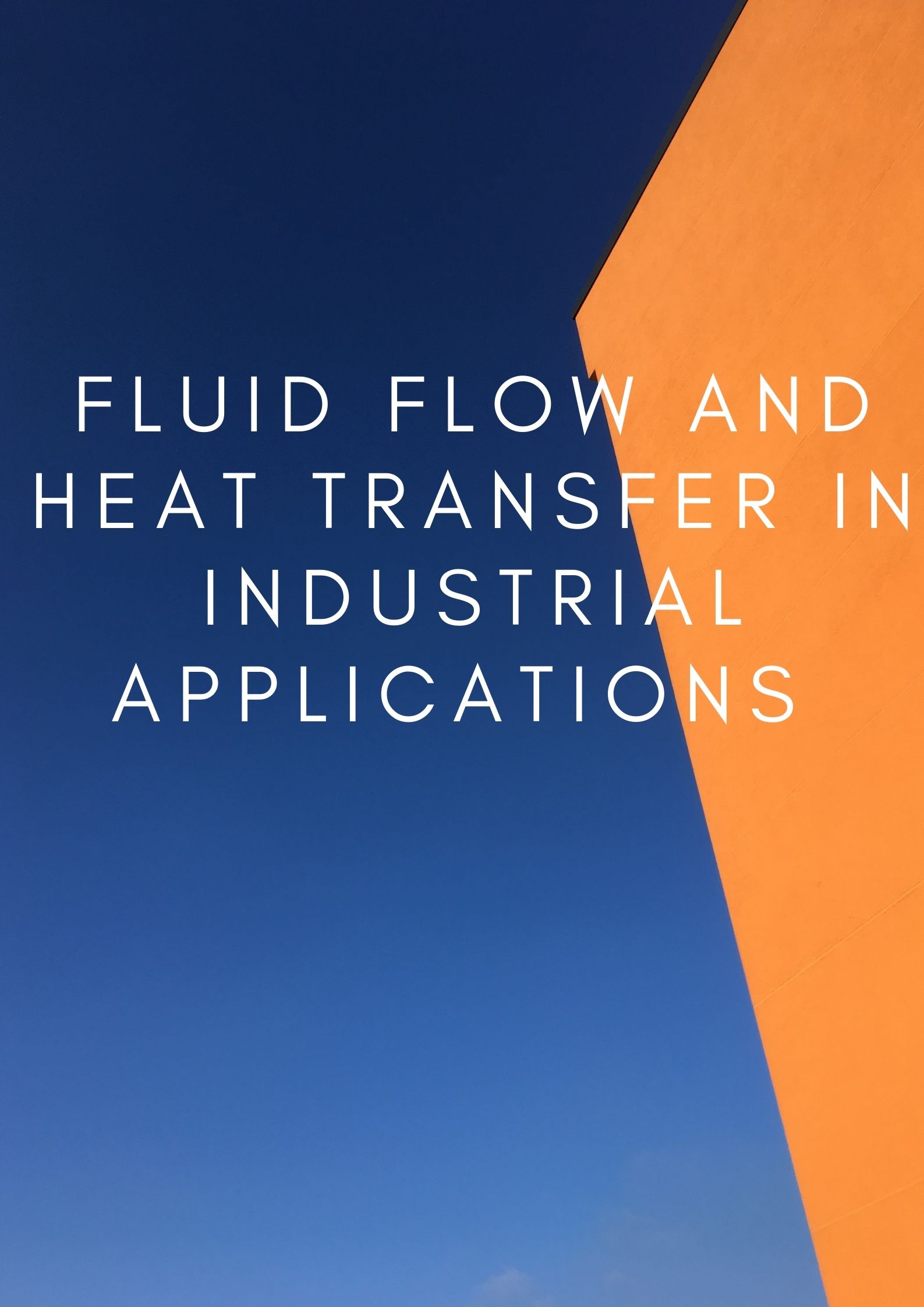Fluid Flow and Heat Transfer in Industrial Applications
22-24 Jan 2024 in Dubai, UAE
Course Objectives
To provide practical and applied knowledge relating to the conditions of heat transfer and the workings of thermal equipment in the chemical and petroleum industries.
Course Outlines
Description of Thermal Equipment
- Roles and terminology of heat exchangers, furnaces and boilers.
- Design technology: working principles, organization of the flows of fluids, function of the constituent parts.
Heat Transfer
- Characteristics of the modes of heat transfer. Thermal flows.
- Conduction and convection: thermal potential, resistance, thermal conductivity, convection coefficient, special case of phase changes, overall exchange coefficient, activation of heat circulation, effects of fouling.
- Radiation: characteristics of the emission and absorption of radiation, special case of combustion gases, application to furnaces and boilers.
- Applications: analysis of the conditions of heat transfer through the thermal insulation of a
- furnace, in an exchange zone.
Heat Exchangers
Heat exchange law in relation to the mode of fluids circulation: single counter-current
- exchanger, co-current, type 1-2 and 2-4 exchangers, arrangement of exchangers in series
- and in parallel.
- Special case of condensers, re-boilers and air coolers.
- Testing and monitoring of performances: influence of the installed exchange area and of
- fouling on heat exchanger performances.
- Applications: determination of the exchange area needed for a given service in relation to
- the circulation of fluids, monitoring fouling and predicting the performance of a group of heat
- exchangers.
Furnaces and Boilers
- Working conditions and distribution of the heat supply.
- Circulation of combustion gases, setting-up and adjustment of the draft.
- How combustion works: characteristics of industrial fuels, the working of burners.
- Monitoring and testing of combustion and firing.
- Recovery of the heat released by the burners: efficiency, possibilities for improvement and
- limits.
- Applications: analysis of the working conditions of a furnace, calculating its yield, study of
- heat exchanges in the radiation zone

